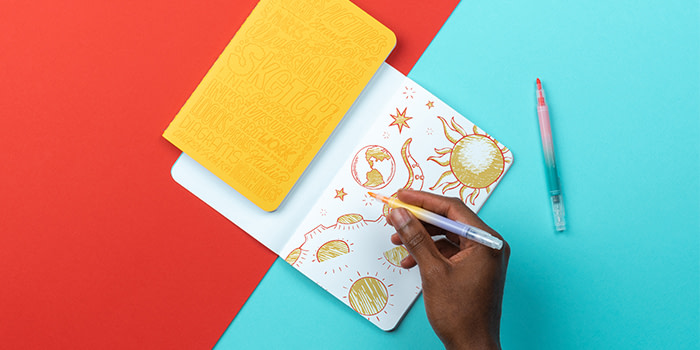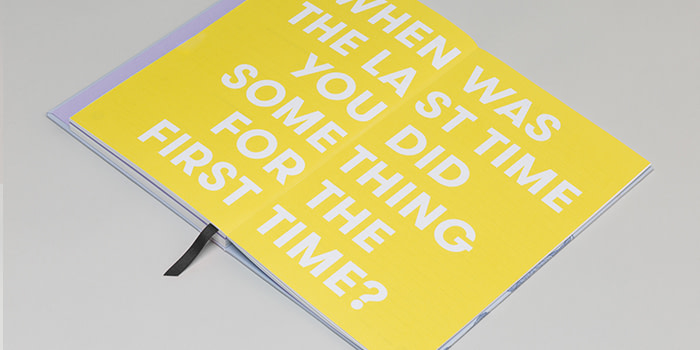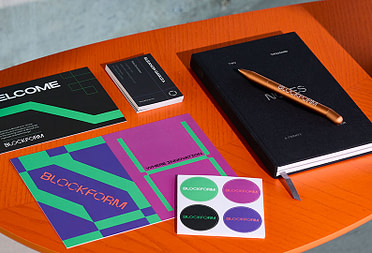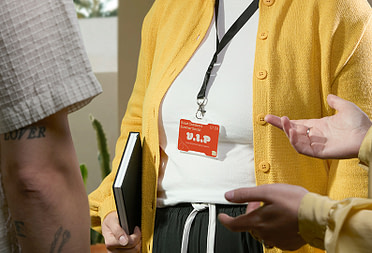How to think outside the box: 5 tips to think differently
Think differently! Follow our tips to boost your creative thinking and be more innovative.

Your brain is a bit like a muscle – it needs exercise to stay in shape. Without stimulation and a healthy dose of challenge, it can be easy to get stuck in your comfort zone and revisit the same ideas over and over again. Thinking outside the box is all about challenging the obvious and digging deeper to unleash your mind’s potential.
Want to boost your creative thinking? Follow our tips to think differently and become more innovative at work – and in your everyday life, too.
Identify your comfort zone
To step out of your comfort zone, you need to know what your comfort zone is. Each one is different, and you have to start with some introspection to identify yours. Innovative thinking doesn’t fall from heaven. It’s the result of rigorous self-knowledge and an effort to tame your own fears, in order to let your curiosity and creativity flow freely.
The world exists beyond your strengths
Look at what you’re good at and what you know best. Identify your strengths and study your go-to responses when it comes to problem-solving. This will help you define the outline of your comfort zone. It’s the place where you feel most confident and least challenged. A great place to feel secure about yourself, but less so to be innovative and think differently. This doesn’t mean you should abandon your strengths and dedicate yourself to the unknown. It means the world exists beyond your strengths, and you shouldn’t make them the boundaries of your universe.
Take the time to think twice when you’re addressing a business problem – or even a personal issue. Are you leaning towards a specific solution because it’s the right one, or because it’s easier to you? Push yourself to be more curious and don’t be afraid to explore something new you know nothing about. This, as they say, is where the magic happens.
Channel your inner child
Children are the best unconstrained thinkers. They don’t worry about feasibility or practicality, so take some lessons from them. Don’t be afraid to think big! It doesn’t matter if it feels unrealistic or crazy. Brainstorming freely is the best way to let your imagination run wild and surface your most creative ideas. Creative thinking is all about being bold and unapologetic. Don’t censor yourself before you’ve even expressed an idea. Limiting yourself at the brainstorming stage is as pointless as trimming a shrub while it’s still just a seed. Let your ideas grow before you frame, analyse and adjust them.
This approach is also known as “divergent thinking”, a way to explore a variety of potential solutions to a problem in a free-flowing way. In design thinking, it’s combined with convergent thinking, a way of structuring the information into a logical process, to help boost creativity and identify the best solutions resulting from a brainstorming session.
Talk it out
Steve Jobs, Nikola Tesla… Despite the common myth of ‘the genius’ who comes up with a revolutionary idea all on their own, the great innovators were not hermits. Innovation is most often the fruit of collaboration. Discussing your ideas with colleagues, friends or experts in the field is a great way to get a fresh perspective on a problem, and identify potential obstacles or opportunities you hadn’t considered before.
Thinking outside the box doesn’t have to be a lonely job. From your potential future clients to your current customers, suppliers and collaborators, there’s a myriad of people who could help you explore new avenues of innovation and creativity. And if you can’t talk, listen! From forums to the comment sections of blogs and magazines, there are many sources of inspiration to feed your creative thinking.
Adopt a new angle
With a new perspective comes new ideas. Whether you’re looking for your next venture idea, launching a new product or designing a website for a client, changing your angle will help you get some distance and discover new ways to explore the problem. Take a few steps back, turn the canvas around a few times, and you’ll know if anything’s missing. This Bob Ross-worthy tip applies perfectly to innovative thinking. You might have a very clear idea of a problem in your head, but it’s essential to question your perception by looking at things through a new lens if you want to truly think outside the box.
Changing your perspective can be as easy as taking a break, and looking back at your idea again a couple of days later. It can also mean putting yourself in your customers’ shoes, trying to use the service or product you’re hoping to revolutionise. Think about all people and entities that are related to a problem. You thought about the customer, but did you take into account the point of view of the supplier, transporter, seller? The key here is to be empathetic, and open to surprises.
Draw inspiration from unexpected sources
You’ve done your research, your benchmark, and you’re all caught up with industry trends. While this is an essential step to know your target and understand your environment, it might also constrain your innovative thinking. Inspiration can come from surprising places, and looking at different fields and domains could help you uncover opportunities you wouldn’t have thought about otherwise.
This can mean looking at a completely different industry to draw lessons from their products and methods. Looking at the beauty industry, for instance, can help you rethink the way you design the takeaway packaging of your restaurant. But you can also find inspiration in even more unexpected places. Biomimicry, for example, is a term coined by biologist Janine Benyus to describe innovation inspired by nature. LED light bulbs, wind power, planes… Many innovations we use in our everyday lives were inspired by the natural world. Why not yours too?
Get your creative juices flowing with MOO Notebooks and Journals.
Keep in touch
Get design inspiration, business tips and special offers straight to your inbox with our MOOsletter, out every two weeks.






